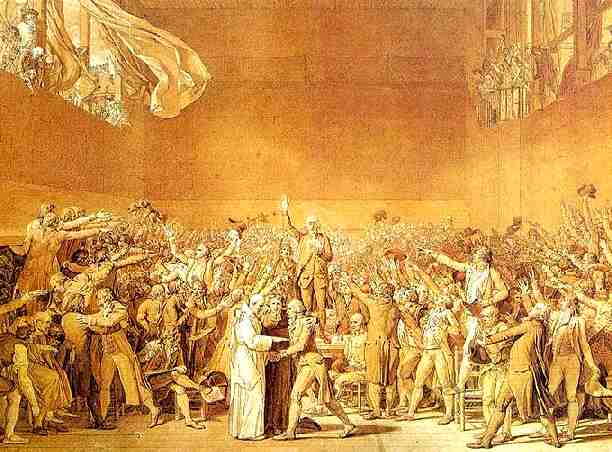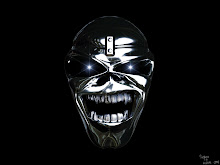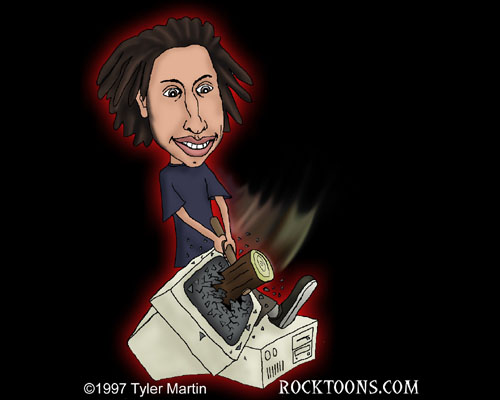SPANISH CIVIL WAR
Guernica
- Propaganda is a concerted set of messages aimed at influencing the opinions or behavior of large numbers of people.
- I think that guernica is an interesting painting and propaganda because this painting by Pablo Picasso shows the Nazi German bombing of guernica. this painting in some ones private home is just an interesting painting but to put this painting in a public art show this painting can show people how Germany is being attacked.











